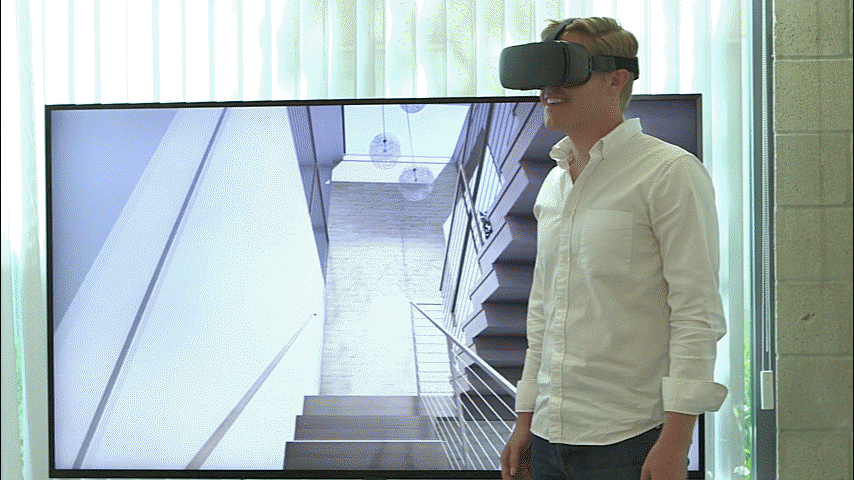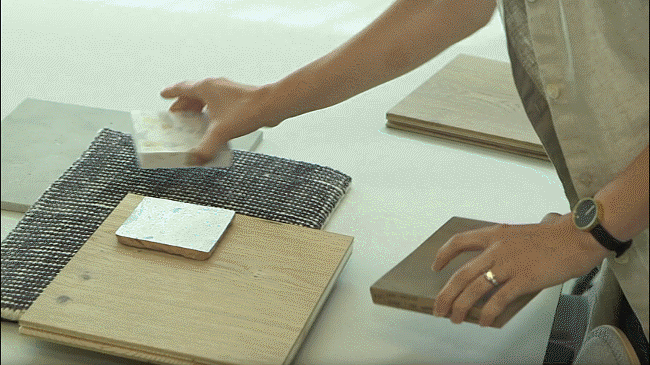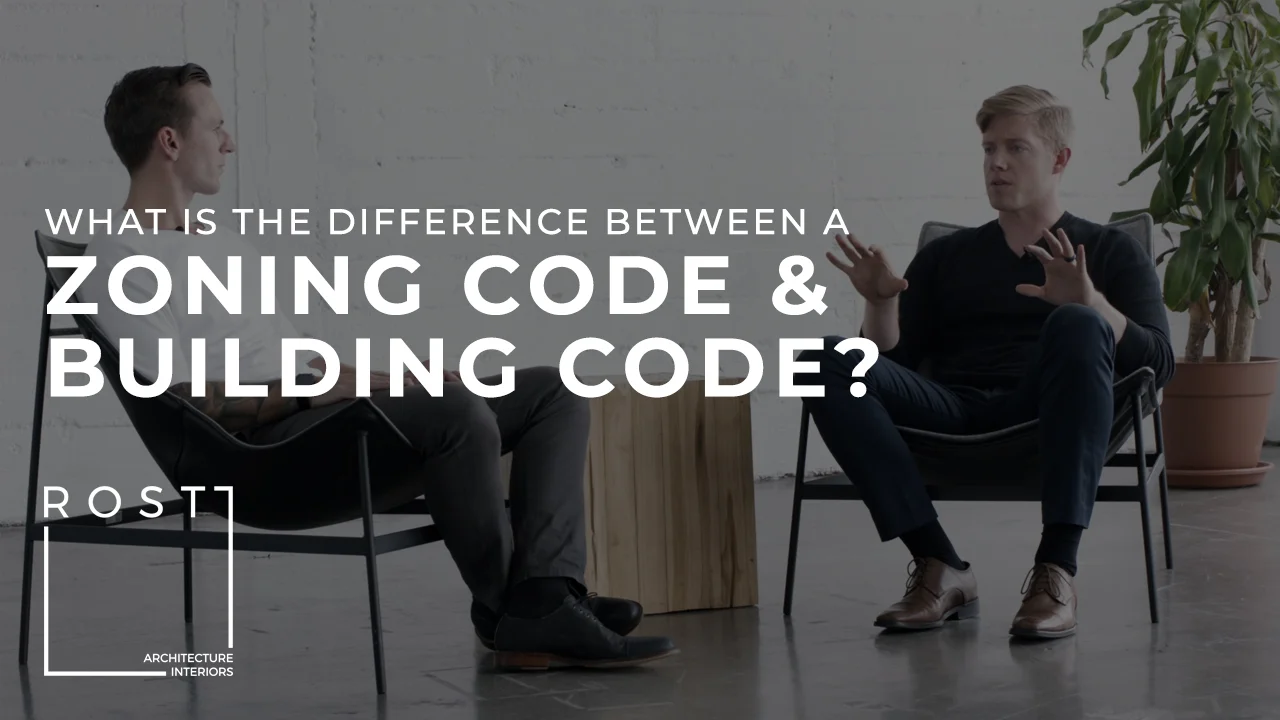An Architects Five Tips For Building a Custom Home
1. Get a detailed & comprehensive set of plans from your design team.
A thoroughly detailed and comprehensive set of plans will save you time, money and headache during the construction process. Unfortunately, it is common in the industry for some firms to produce “permit sets” of drawings for construction. This is a bare bones set of documents with the minimum amount information required in order to get permit approvals from the city.
We do not recommend this approach. Although it is nearly impossible to make every decision during the design process, you and your design team should aim to cover as much ground within the confines of the schedule. It is our belief that the amount of information needed to execute a high quality custom home far exceeds what a permit set requires. Try to select exact specifications for as many materials, plumbing fixtures, lights, equipment, appliances etc. as possible. Leave no stone un-turned and no decision unmade.
Many owners are surprised by the amount of decisions that need to be made during the design process of a home. Your Architect and design team should guide you through the decision making process by prioritizing and presenting options to you in bit sized pieces so it does not become overwhelming. Each one of these decisions will be recorded and detailed in the set of plans for the project.
A great tool that we use to help present designs for owners to make informed decisions is BIM (Building Information Modeling) and realistic modeling/visualization software. We recommend, working with a firm with these capabilities. Your design team will produce 3-D visualizations of all aspects of your project. When you work with a firm that uses these technologies, you will be able to obtain a much more clear and realistic understanding of the home, allowing you to make informed decisions.
Rost Architects interior flythrough of a custom home.
2. Try to minimize changes in construction.
It is much easier to make changes to lines on paper compared to a built structure. It is also usually far less expensive. This is why Tip 1 is so important. Trust in your Architects design and the decisions that you have made together during the design process. When construction begins, if the urge to make changes arises, review and weigh the positives and negatives with your Architect thoroughly before making a quick decision.
With each requested change from the owner, there could be re-engineering required, possible permit revision fees at the city, coordination hours from the design team, and potential delays in construction. What seemed like a small change initially can sometimes come with an expensive price tag.
ROST Architects working through changes on site.
3. Spend time selecting your builder.
Work with your Architect to get 3-5 bids from different builders on your project. Ask your Architect to recommend a builder who would be a good fit for your project. You Architect should have a good gauge on the quality of work for the different builders in the area. Schedule a meeting with your Architect and each builder at their office to review the plans, discuss details, unique characteristics of the design and potential challenges with the project.
When the proposals come back from the builder, read them carefully and review with your Architect. The format, thoroughness and clarity of the proposal can tell you a lot. If the proposal is clean, thorough, easy to understand an formatted nicely, this is a good indicator of the level professionalism of the builder. If the bid is missing large scopes of work, filled with allowances, low in detail or unorganized, it is a good indicator that the builder did not study the plans carefully and may not fully understand the project.
Ask specific pointed questions about the design and specifications in the plans to gauge the contractor and his estimating team on the level of depth and understanding of the project. Ask the contractor to visit some of his/her current or completed projects. Pay attention to detail, craftsmanship and cleanliness of the project site.
4. Work with an interior designer.
On the majority of our projects, we include interior design services on some level. Especially with a custom home, interior design is essential. We know it is in the owners best interest to make certain selections and decisions with the interior designer during the design process.
Some owners who have not been through the construction process may feel that interior design decisions can be left to the end of the project. From our experience, this is not necessarily the case. When certain interior design decisions have not been made, they often result in construction delays and changes during the last few months of the project.
For example, if a kitchen counter stone slab is not selected until the end of the project, and that material has a 3 month lead time because the slab is coming from Italy, the date of completion of the project is put at risk. This could have been easily avoided if the selection was made upfront and the material was ordered with appropriate lead times in mind.
Working with a good interior design team on your project can elevate the home to the next level. The level of thought an attention to detail that a quality interior designer can bring to a project will be evident when the home is completed.
ROST Architects Interior Design team selecting material pallet for a custom home.
5. Invest upfront in energy efficient systems.
Invest in good insulation, high efficiency HVAC system, a properly sized solar PV system, quality doors/windows and energy efficient wall construction. These are the fundamental tenants of energy efficient homes. If these are designed and installed properly they can save you loads of money over the lifespan of your home. Check out the other articles on our website to learn more about energy efficient home.
If you would like to discuss your project in more detail, feel free to reach out to us at www.rostarchitects.com.

































